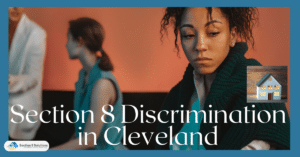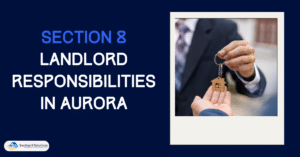Section 8 fraud prevention in Detroit is a critical endeavor to ensure fair and equitable housing distribution. Local authorities employ stringent verification processes and regular inspections to deter fraudulent activities. This safeguards the program’s integrity and ensures that those truly in need receive the assistance they require.
In this comprehensive exploration, we delve into the pivotal world of Section 8 Fraud Prevention in Detroit. We’ll unravel the intricate layers of this program, understand its profound significance in the local context, and explore the imperative need for robust fraud prevention measures.
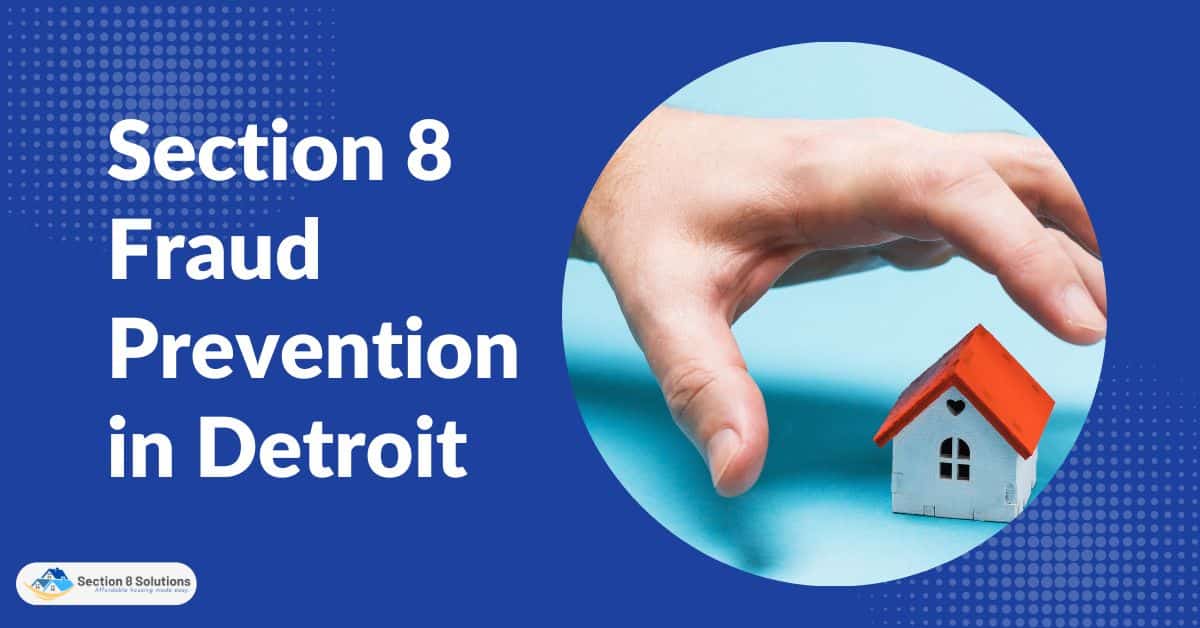
Understanding Section 8 Housing in Detroit
Section 8 housing, or the Housing Choice Voucher Program, is a critical resource in Detroit’s housing landscape, offering vital assistance to low-income residents. Administered by the Detroit Housing Commission, this federal program provides vouchers to offset rent costs, addressing the city’s housing challenges and promoting socio-economic diversity.
To qualify, individuals and families in Detroit must meet specific criteria, including demonstrating low income, citizenship or eligible immigration status, and passing background checks. These criteria ensure that those most in need receive support for securing stable housing, reinforcing the program’s importance in the city’s housing ecosystem.

The Consequences of Section 8 Fraud
Section 8 fraud is a concerning issue that not only affects the integrity of housing assistance programs but also has broader consequences for communities and public trust. In this discussion, we delve into four major consequences of Section 8 fraud, shedding light on the ripple effects of these fraudulent activities.
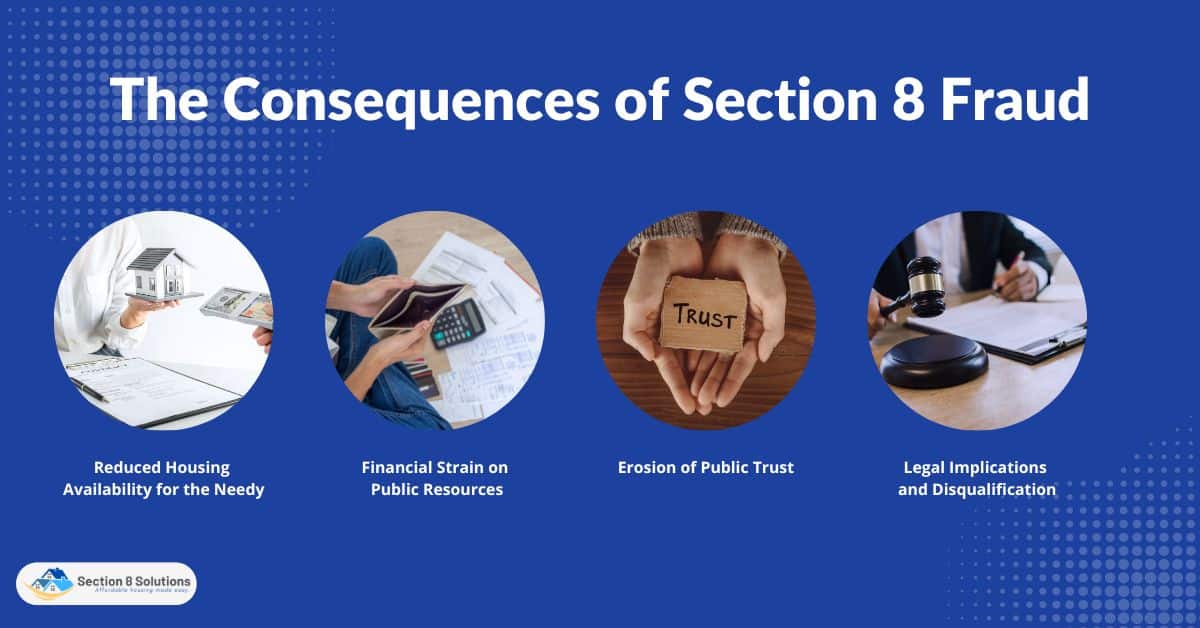
1. Reduced Housing Availability for the Needy
Section 8 fraud significantly reduces the pool of available affordable housing units for low-income individuals and families in genuine need. When fraudulent participants obtain subsidies and occupy housing meant for those who meet eligibility criteria, it exacerbates the city’s housing crisis. Families waiting for assistance find themselves on waiting lists that grow longer, making it increasingly challenging for them to secure stable and safe housing.
2. Financial Strain on Public Resources
Fraud within the Section 8 program places substantial financial strain on government agencies and taxpayers alike. When individuals manipulate the system to gain unmerited benefits, it diverts limited funds away from other critical community services such as education, healthcare, and infrastructure development. This financial strain not only affects the government’s ability to meet essential public needs but also puts pressure on taxpayers who fund these programs.

3. Erosion of Public Trust
Cases of Section 8 fraud erode public trust in government-funded assistance programs. When the public perceives that such programs are vulnerable to abuse, it can lead to skepticism and reduced participation, hindering their effectiveness. This erosion of trust not only impacts Section 8 but also in other social programs designed to uplift disadvantaged communities. Restoring trust in these programs is vital to ensure they continue to provide assistance to those who genuinely require it.
4. Legal Implications and Disqualification
Individuals involved in Section 8 fraud face serious legal consequences. This can include hefty fines, probation, or imprisonment, depending on the extent and severity of the fraud. Legal action serves as both a deterrent and a punishment for fraudulent activities. Furthermore, fraudulent actions can lead to permanent disqualification from the Section 8 program, effectively cutting off housing assistance for those involved and emphasizing the program’s commitment to fair and equitable distribution of resources.
In summary, Section 8 fraud’s consequences extend far beyond the immediate impact on individual cases. It diminishes the availability of affordable housing, strains public resources, erodes public trust in government programs, and subjects those involved to legal penalties.

Common Types of Section 8 Fraud
In the realm of housing assistance programs, Section 8 fraud is a grave concern that can undermine the integrity of the system designed to support those in need. This exploration delves into four common types of Section 8 fraud, shedding light on the tactics individuals employ to exploit the program.
| Type of Fraud | Description |
|---|---|
| Providing False Information | Individuals misrepresent their income, family size, or housing arrangements on Section 8 applications. |
| Unreported Income | Some recipients fail to report additional income sources, resulting in higher subsidies than entitled. |
| Unauthorized Occupants | Renters bring unauthorized occupants into their Section 8 unit, receiving subsidies for non-eligible parties. |
| Housing Under False Identity | Fraudsters create fictitious identities to access Section 8 benefits, often using forged documents. |
These common types of Section 8 fraud not only threaten the program’s integrity but also have real-world implications for both recipients and the community at large. Vigilance, transparency, and robust verification processes are essential to combat these fraudulent practices and ensure that housing assistance reaches those truly in need.
Detroit’s Fraud Prevention Strategies
In the ever-evolving landscape of housing assistance programs, Detroit has implemented a range of innovative strategies to prevent and detect Section 8 fraud. These measures are essential not only to safeguard the program’s integrity but also to ensure that limited resources reach those who genuinely require assistance.
1. Rigorous Applicant Screening: Detroit’s housing authorities employ meticulous applicant screening processes. This includes comprehensive background checks, income verifications, and cross-referencing information with external databases. By thoroughly vetting applicants, the city can identify inconsistencies or discrepancies that may indicate potential fraud.
2. Regular Inspections: Inspections play a pivotal role in fraud prevention. Housing authorities in Detroit conduct routine and surprise inspections of Section 8 properties to verify that the information provided by recipients aligns with the actual living conditions. These inspections help identify unauthorized occupants or unreported income sources.
3. Advanced Data Analytics: The integration of data analytics has revolutionized fraud detection. Detroit utilizes cutting-edge technology to analyze data patterns, identify anomalies, and flag potential cases of fraud. This data-driven approach allows for proactive fraud prevention rather than reactive responses.
4. Collaboration with Law Enforcement: Detroit’s housing authorities work closely with law enforcement agencies to investigate and prosecute fraudulent activities. This collaboration ensures that those who engage in Section 8 fraud face legal consequences, serving as a deterrent to others.
5. Community Reporting Systems: Detroit encourages community members to report suspected fraud through user-friendly reporting systems. These reports provide valuable insights and help housing authorities investigate potential cases.
6. Education and Outreach: Educating Section 8 participants and landlords about the consequences of fraud is crucial. Detroit conducts outreach programs and workshops to raise awareness about fraud prevention and the importance of program integrity.
By combining rigorous applicant screening, regular inspections, advanced data analytics, collaboration with law enforcement, community reporting systems, and education, Detroit’s housing authorities have built a comprehensive fraud prevention framework.
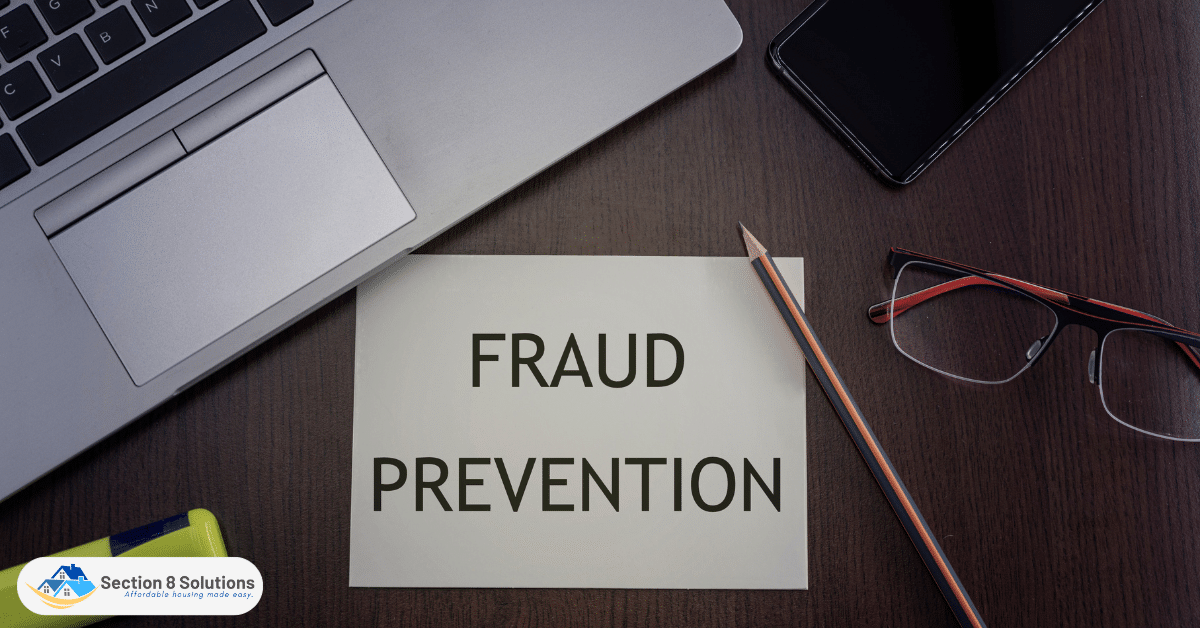
Conclusion
In summary, Section 8 fraud prevention in Detroit is paramount. We’ve discussed the consequences of fraud, common practices, and Detroit’s strategies. Maintaining program integrity is vital in Detroit’s housing landscape. We urge community vigilance and support to ensure housing aid reaches those who truly need it. Together, we can secure stable housing for our city’s vulnerable populations.






